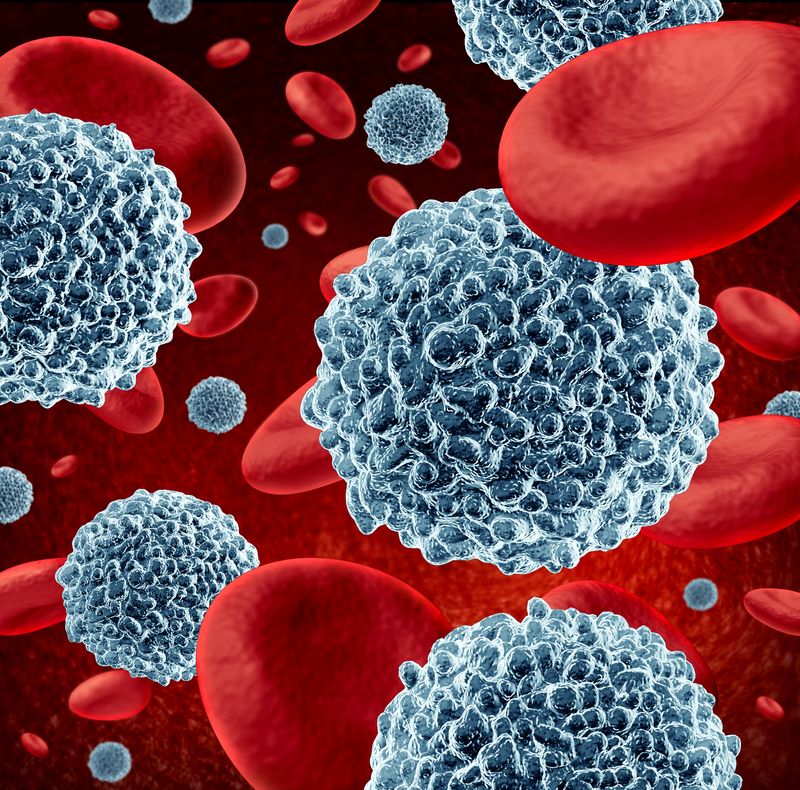Are DWI Breath Tests Ever Wrong?
One of the best parts of my job is teaching Continuing Legal Education. Teaching is a great way to learn.
Frankly, standing in front of a group of lawyers, prosecutors, judges or law enforcement can be more than a bit harrowing. Consider the fact that just about everyone listening-in has a substantial knowledge base. . .and well, some might say, a disposition towards critical thinking.
As such, it’s not terribly unusual for someone to test the temperature of the room (or make rhetorical public point) by asking some pretty broad questions like:
- Are DWI Breath Tests Ever Wrong?
- Will you concede EC/IR II Intoximeter testing is reliable?
- Can you prove the machine isn’t working?
- Aren’t you just trying to win the case?
- Aren’t you concerned about Driving While Impaired?
The answers are:
Yes, Nothing is Perfect; Yes, It’s the Truth, Not a Concession; It’s Difficult, If Not Impossible and That’s On Purpose; No, I Want a Fair Hearing; and, Yes, Very Much So. I’ve Seen Tragedies on Both Sides of the Equation.
Until Cyberdyne Systems makes its breakthrough, all machines will continue to be designed, fabricated, maintained and interpreted by humans – Bill Powers
Humans make mistakes and such, there is no such thing as a perfect machine. Cutting edge and high-tech are in large part subject to or otherwise relegated to what is next deemed cutting edge or high-tech.
Anything is capable of error. Indeed, a device can be working perfectly but incorrectly produce a result because we, as humans, didn’t realize we told it to do so.
With that background, after teaching any particular seminar, whether it be for Infrared Spectroscopy, Electrochemical Fuel Cells or Chromatography, I regularly get questions.
The questions are invariably “stumpers” that require an, “I think ‘X’ but let me get back to you with some hard science on that,” response.
Last week an impressive, Cracker-Jack young Public Defender from Charlotte posed a query that threw me for a loop:
Please tell me how anemia or low iron in the blood causes a false high reading
First, “anemia” broadly defined is the lack of hemoglobin in blood. Put simply, there just aren’t enough RBCs or Red Blood Cells to help transport oxygen throughout the body. That’s one of the main things RBCs do.
A common symptom of anemia is fatigue or a sense of feeling “run down.” While some assume the terms “low iron” and anemia are interchangeable, the former is a potential cause the latter is the condition itself.
Iron deficiency may be related to anemia, but is not the only cause.
Information, especially in the medico-legal practice of DWI, can at times be confounding.
In researching the breath testing issue, using search keywords such as “low iron,” “anemia,” “breath testing,” “false high,” and “results,” one might be surprised to find something valuable, other than what was anticipated, in the literature.
That likely is true in a broad range of subjects given the ubiquity of Google. That was true for me confirming the science behind the question. I expected one thing, the answer was substantially more complex.
What pulled up, rather than scientific journals on breath testing, is something I would be remiss in failing to note: Chronic alcoholism often results in malnutrition. . .and anemia.
SEE RELATED: Hematological Aspects of Alcoholism
The Scientific Method demands first a postulate, followed by testing and repeatable results. It also calls for a deeper level of scrutiny than proving the postulate (the hoped for result) rather than the truth.
Breath testing must be held to the scientific method, irrespective of the end result. What matters is the truth, as that is what justice demands – Bill Powers
Lives can change as a result of Impaired Driving.
As this is being written (October 25, 2015) a woman named Adacia Avery Chambers sits in jail awaiting a first appearance and almost certain supplemental charges associated with four fatalities and more than a dozen injuries in Oklahoma.
Officers thus far have been tight-lipped regarding the allegations. The strongest language released by law enforcement has been to state “Probable Cause existed for an arrest.” That is commendable, as they likely know a WHOLE lot more.
It also could serve as an example of a case where it would be too easy to assume a high blood or breath result, given the absolutely terrible, tragic and exceptional fact pattern.
It may be possible for a low Breath or Blood Alcohol Content reading. It may also be possible for a poly-impairing-substance issue involving the interaction of alcohol, legal, and illegal substances.
Assumptions may soon abound as additional information becomes available; for the record, I do NOT practice in the State of Oklahoma and do not know the law there. We would all be wise to wait for all the facts before making a conclusion.
Given how highway funds are allocated and the associated implementation of NHTSA National Highway Traffic Safety Administration protocols nationwide, it would not be a stretch to expect an exhaustive investigation took place. Everyone involved deserves the absolute best police work possible.
In matters we have handled involving fatalities, law enforcement focused on two main categories: Crash Scene Reconstruction and DWI Test Battery / Forensic Evaluation
Whether testing in the Oklahoma tragedy involved a blood draw, or breath testing, remains to be seen. Given the severity and nature of what happened, GC or GC/MS Blood Testing would be anticipated, if not likely.
Gas Chromatography – Mass Spectrometry (GC/MS) is generally:
- More accurate
- Less predicated on an interpolated value
- Less subject to gross generalizations of the human body to report a result
- Allows for re-testing, assuming enough sample exists
What is Hematocrit and Does Anemia Make a Difference?
Hematocrit is a described as the percentage of the volume of whole blood that is made up of red blood cells. In a medical setting, a blood sample is separated and the respective components are measured and characterized as a ratio.
The measurement or “results” depend on the number of red blood cells and the size of red blood cells.
In grossly simplified terms, Hematocrit is the stuff floating around in the liquid portion of the blood. CBC Complete Blood Count testing and other blood tests measure the ratio, or percentage of “solid stuff” relative to the liquid.
If blood were orange juice, a high Hematocrit would be likened to OJ with a lot of pulp. Low Hematocrit counts would be like Tang. It’s orange in color, it tastes sort-of like orange, but it’s a far cry from Orange Juice itself . .fresh squeezed or otherwise.
As such, low Hematocrit would be associated with a higher liquid, or plasma volume.
Due to the atomic level “attraction” of the molecules H2O (Water) and EToH to one another, it is not a far stretch to postulate that low RBC / Hematocrit levels should result in a greater amount of EToH being in the liquid portion of the sample.
One would expect a higher ratio of alcohol and consequently, could conclude a “false-high” BrAC or Breath Alcohol Content is at least possible.
But alas, that statement is at best a postulate. It will likely stay that way, as Intoximeters is quite protective of its device(s), software and algorithm(s). To date, there does not appear to be a verified study of the issue.**
And to be fair, most doctors would be more concerned about addressing low Hematocrit, anemia, alcoholism, et al than determining how they may either individually or collectively affect Breath Alcohol Testing devices.
**If anyone is aware of verified / scientific studies, PLEASE RESPOND via email to: Bill@PowMac.com
For more information on Breath Tests, Breath Testing, the Science of DWI and Impaired Driving in North Carolina, please feel free to call Bill at: 704-342-4357
Bill Powers is available for consultation and teaching legal education seminars.



